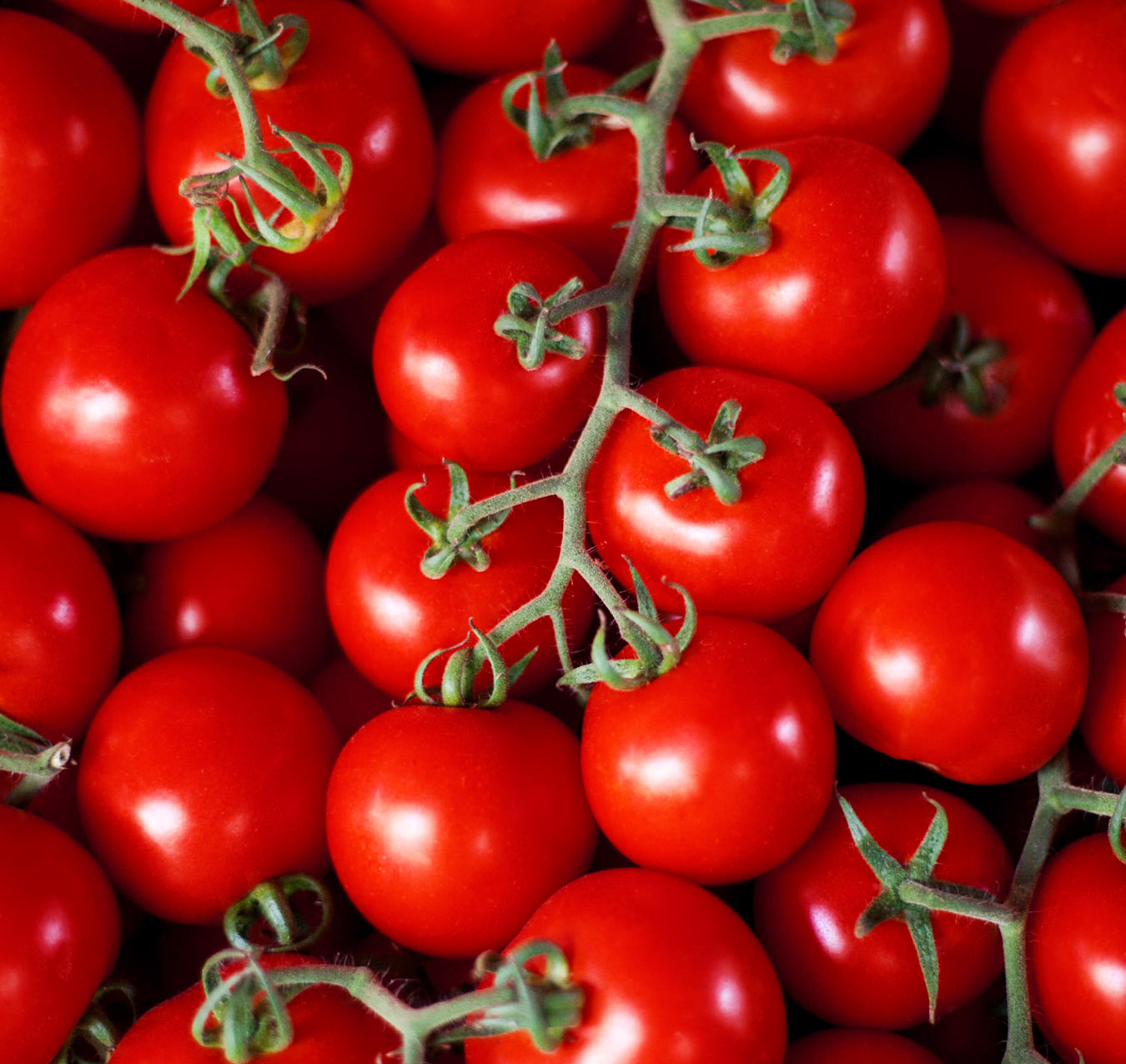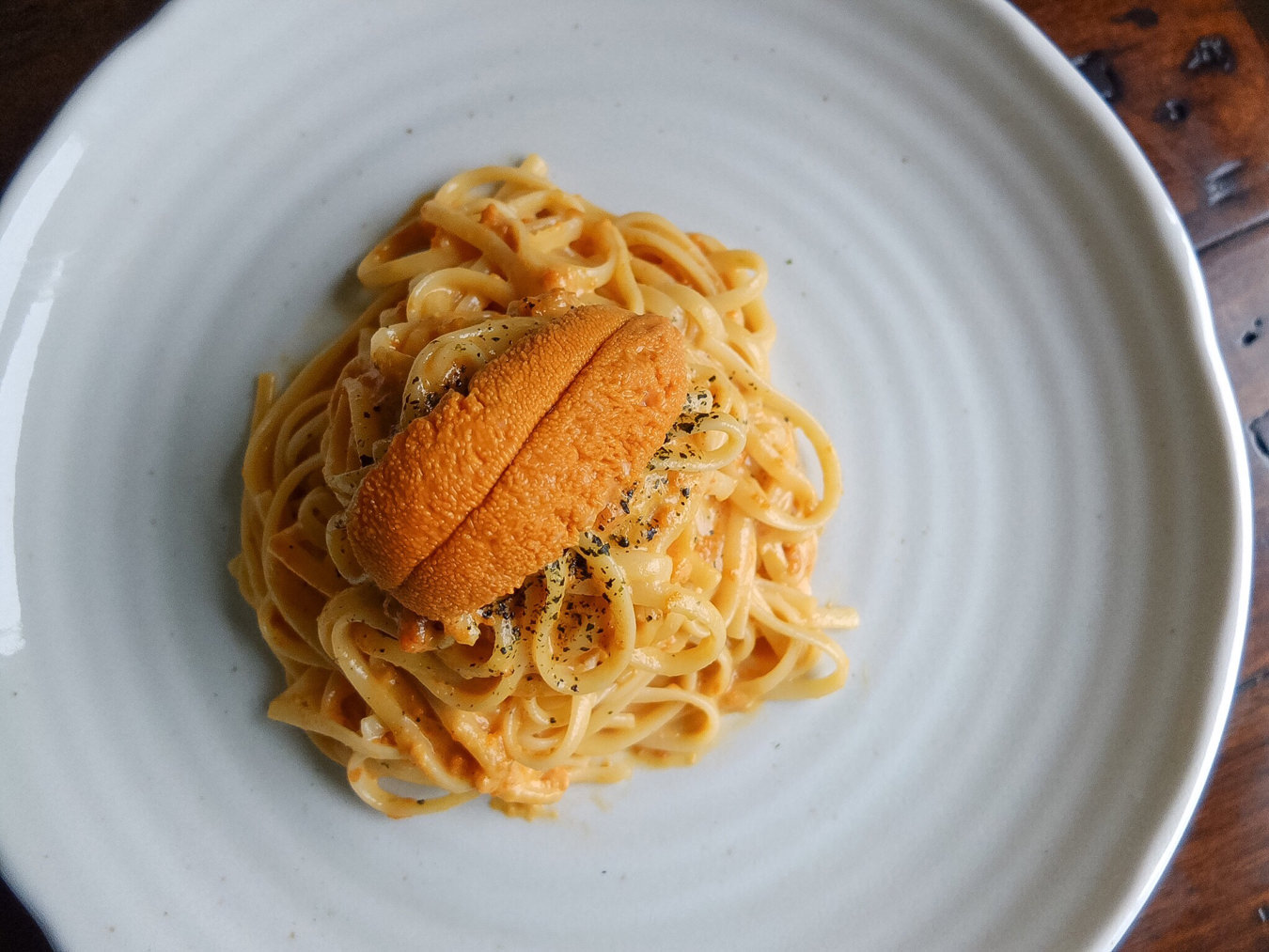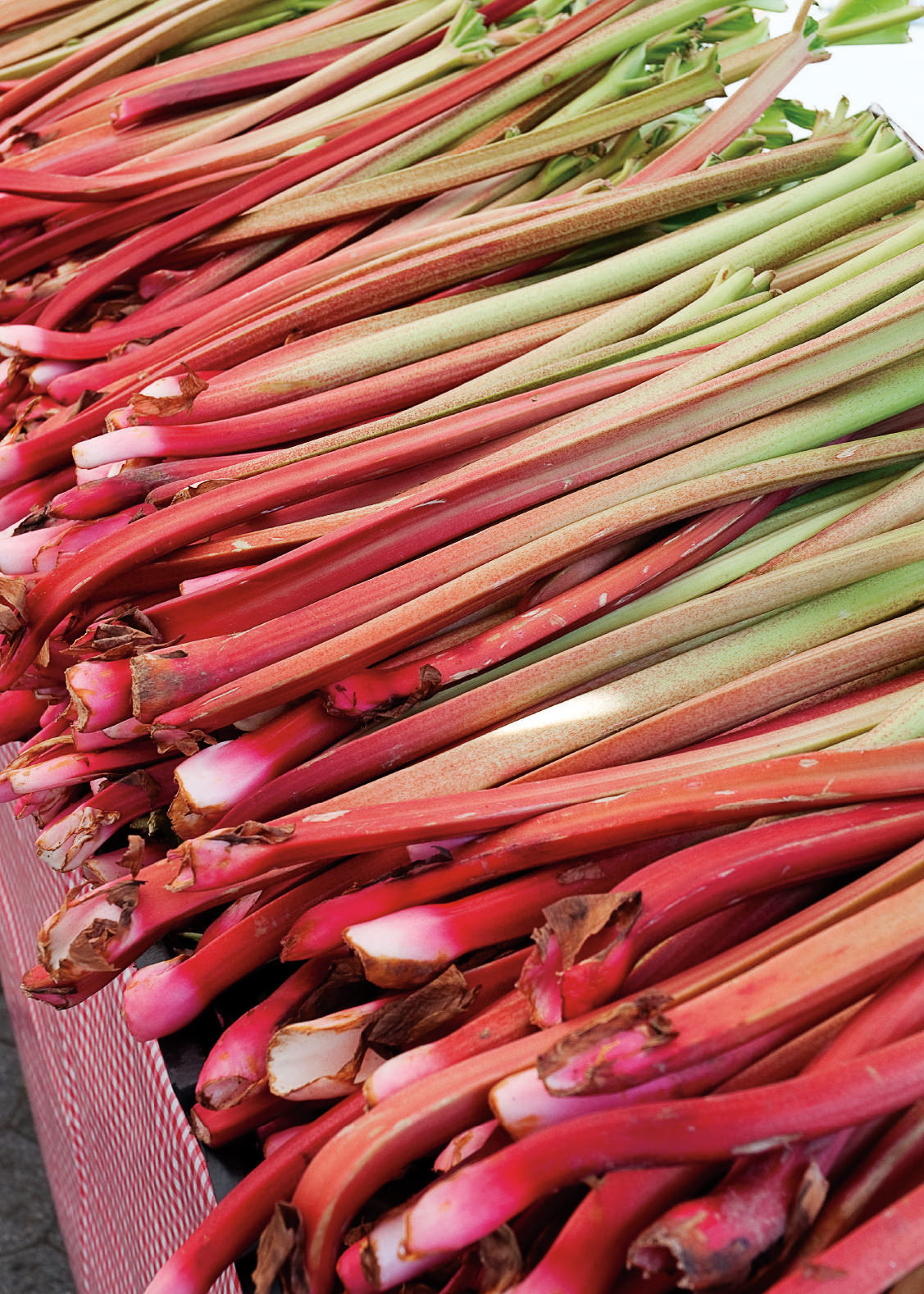Tomato 2.0
Breeding a better fruit.

The tomato lends itself easily to poetization—at least, the Nobel-winning Chilean poet Pablo Neruda certainly found that to be the case when he wrote his Oda al tomate. His verse of appreciation likened the fruit to a gift, all easy sweetness with no botanical defences to deter diners: “no pit, no husk, no leaves or thorns.” And indeed, most of us can conjure a romantic association with the plant: the spicy scent of its leaves in a summer garden, or thick slices of tomato flecked with olive oil and salt, dripping into a piece of crusty bread. But the reality is, these appealing evocations only pertain to farm-fresh or homegrown varieties—the modern grocery store tomato, more often than not, leaves us cold.
Why are grocery store tomatoes so uninspiring? To answer that question, briefly consider the tomato’s history. The Spanish are credited with bringing the progenitors of modern tomatoes to Europe from Peru. These genetic ancestors were wild Andean berries, Solanum pimpinellifolium to botanists, bright red and each barely the size of a shelled pea, though the Maya had already begun to selectively breed the seeds from the biggest wild plants.
The tomato’s attractive red colour and spherical shape are characteristics that made it irresistible in the first place, but also led to its downfall come the advent of large-scale commercial agriculture. Growers, paid by the pound, not flavour, increasingly cultivated plants that yielded plenty of large, hardy, attractive though less-sweet fruits (generally, there’s an inverse relationship between a tomato’s sugar content and its size) that were picked green to protect them from bruising in transport and artificially ripened. We’ve all tasted the result: spongy softballs of seedy water encased in skin as perfectly blemish-free as a Real Housewife’s filler-injected cheek. What these tomatoes lack in taste they also lack in nutrition: according to the U.S. Department of Agriculture’s Nutrient Database, tomatoes in 2010 had 30 per cent less vitamin C, 62 per cent less calcium, and 14 times more sodium per 100 grams than their 1964 counterparts. Irony, it turns out, is a dish best served bland.
The tomato’s attractive red colour and spherical shape are characteristics that made it irresistible in the first place, but also led to its downfall.
But breeding good tomatoes is a challenge. A great tomato—the kind picked ripe from the vine—is unusually chemically complex as far as produce goes. The odour and sweet-tart flavour of a tomato are produced by the harmony of approximately 40 relevant aromatic chemicals called volatile compounds (it also has additional compounds that don’t influence our preference). Tinker with a tomato’s genetics during the breeding process, and you have a lot to lose.
But tinkering with genetics is exactly what researchers David Liscombe and Amy Bowen, of Southern Ontario’s Vineland Research and Innovation Centre, do. Since 2013, Liscombe, who works on the biochemistry and breeding aspect of tomato research, and Bowen, who focuses on consumer preference research, have been working to evaluate what characteristics of taste, texture, and aroma consumers prefer in their tomatoes. Their goal: to breed a new variety of tomato on the vine that meets growers’ needs for yield and hardiness while impressing consumers. “Our project is all about getting flavour along with all the other required traits for production all into the same tomato,” Liscombe says. “There’s no question that, generally, an heirloom tomato is what people would consider most flavourful, but the reason we don’t see a lot of them in grocery stores is they’re a nightmare to produce because their texture can change very rapidly.”
Using conventional breeding techniques assisted by modern technology—namely gas chromatographs, devices that allow researchers to measure the presence of certain volatiles in a given fruit—the team at Vineland, along with collaborators at the Université Laval and University of Florida, have made a number of discoveries about what qualifies a tomato as “good”. Two factors are especially significant: texture (not too soft, not too dense) and aroma—the latter, the teams have discovered, can alter our perception of sweetness in a tomato, even if its actual sugar content is kept low (so the fruit can be both big and sweet tasting—a coup).
Breeders regularly seek to improve upon the fruit and veg we see in the grocery store, but “the high-tech approach is not as common,” says Liscombe. Only a handful of products—such as the Kumato, which has plum-coloured skin—have been developed through a process similar to the one the Vineland team is currently applying to tomatoes on the vine: a mix of chemistry and consumer research linked to the breeding of a new variety. While Vineland’s first crop of next-gen tomatoes will ripen early this summer, it will be 2021 when the fruits of their labour appear on store shelves. Liscombe is confident that by then, they will have created the target product—a hardy, flavourful, nutritious tomato that consumers will love to eat and producers will want to grow.
Photo by Jon Whittle.
_________
Never miss a story, sign up for NUVO’s weekly newsletter, here.







